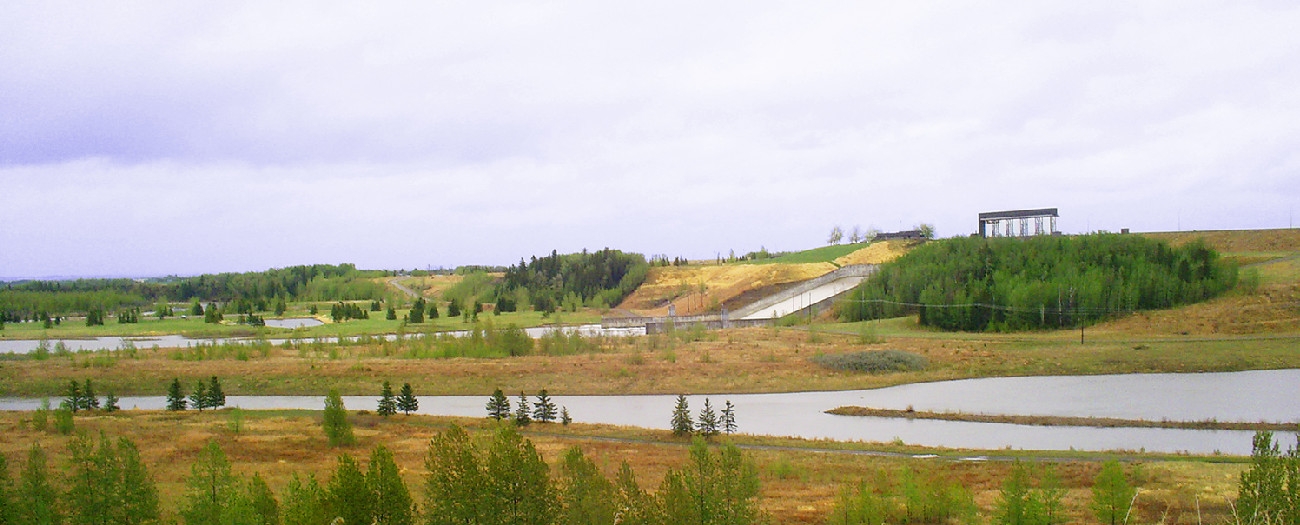An AER program protects the environment from dam failures
Calgary, Alberta - June 28, 2016When you’re tasked with protecting dams related to oil and gas development, the last thing you want to do is hold back, especially when you’re trying to hold everything back.
So when the Auditor General of Alberta asked for the creation of a new dam safety program in 2015, the AER promised it was going to be robust, efficient, and relevant for the future. An Auditor General’s report recommended that a reliable registry of dams be maintained, risks and consequences of dam failure assessed, and regulatory activities reported. It also requested that deficiencies at containment facilities be corrected or managed immediately.
Most of the structures in the AER’s jurisdiction hold process fluids and tailings from mining operations, so the impact of a breach or dam failure would be a major concern.
Armed with a series of recommendations, new information, and unwavering determination to meet our standards, the AER was ready to build a watertight dam safety program.
Despite the fact that owners are responsible for the safety of their dams and for complying with regulatory requirements, the regulatory oversight was new territory for the AER, so we had to become experts in dam design, construction, and operations.
Once our initial homework was done, we established control measures based on the full life cycle of each facility. And then we began assessing risk and building inspection guidelines related to consequence ratings along with operator history and performance.
“The AER’s Dam Safety Program addresses higher-risk facilities, like tailings ponds, by applying more regulatory resources to them,” explained Santiago Paz, one of the AER’s dam safety engineers. “This means more frequent inspections, audits, and performance reporting by dam owners. From a best-practice perspective, higher-risk facilities require higher design standards and a more thorough design review.”
With the structure in place to inspect the full spectrum of facilities in our jurisdiction, it was time to put it to the test.
In November 2015, we released our findings from the first series of dam inspections. We focused on signs of potential failure of a structure, including indicators of potential spillage, slope instability, internal and external erosion, ground settlement, and groundwater contamination.
We sent both geotechnical engineers and general inspectors to ensure specifications in each facility were being properly assessed. If poor performance was discovered during any inspection, we continued to monitor the facility and provided direction to the owner. If a facility was performing well, we scheduled fewer future inspections.
Inspections of structures at 55 oil sands operations, 31 coal mines, and 14 oil and gas operations structures revealed only one significant deficiency.
Although we’re happy with the results, we know this is simply the beginning of an important new regulatory function. But with the foundation of our dam safety program now in place, we’re confident that we have exceeded the recommendations from the auditor general’s report, and we will continue to strengthen the program.
Neal Irvine, Writer


